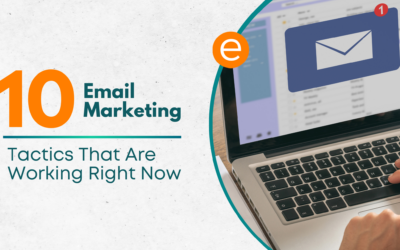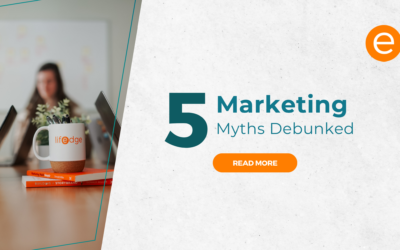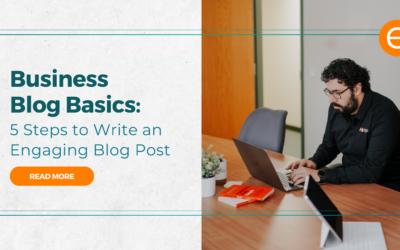Did you know that approximately 310 billion emails are sent every day? If that doesn’t shock you, perhaps this will: MOST (as high as 90%) of those emails that companies are sending don’t comply with email accessibility best practices. But what is email accessibility and why does it matter? That’s what we’re going to dive in to in this post, so keep reading to find out!
Prefer to listen instead? Check out our email accessibility podcast right here. ⬇️
Accessibility
What is email accessibility?
Email accessibility begins with The Americans with Disabilities Act, also known as ADA. In 1990, ADA declared that companies have to be ADA compliant. However, the problem was that they failed to specify clear guidelines. Later came the WCAG (Web Content Accessibility Guidelines), which helped to establish what the ADA means. This is what we should be following now.
One of the main goals of the guidelines are that everybody has the right to receive digital information in a way that they can consume it. In other words, everybody deserves to receive and understand the digital content that’s being sent to them.
What kind of disabilities impact email accessibility?
According to the World Health Organization, over 1 billion people live with a disability of some kind. That equals out to about 15% of the world’s population. (If you don’t think that 15% is a big number, you might consider asking your analytics department how difficult it is to increase an open or click rate by even 5%.)
What type of disabilities are we talking about here, exactly? Here are a few of the most common:
- Neurological: People that may have experienced strokes, epilepsy, dementia, Parkinson’s, and/or a brain tumor.
- Physical: Those who have weakness or limitations of motor control. This can include tremors, lack of coordination, paralysis, and joint disorders.
- Auditory: Those who are deaf or hard of hearing.
- Cognitive: People with mental limitations that affect memory, problem-solving, attention, or comprehension.
- Speech: This includes people who are unable to produce speech that is recognizable by any software. Muteness and stuttering are just two examples.
- Visual (the most common): Vision loss or sensitivity to color or brightness.
- Temporary impairment and environmental considerations: Lastly, temporary disabilities can include broken arms, missing glasses, slow internet speeds, using a mobile phone in the sun, watching video without sound, or using Alexa or Siri.
Why does email accessibility matter?
1 billion people is a lot! Of these billion people, most of them may use a screen reader to access web content. These assistive devices (which now more than ever include Siri, Alexa, and others) use page elements to navigate the web and email content and read text aloud. For those living with disabilities, accessible content isn’t just about convenience, it’s about necessity.
What we’re talking about here is massive. In fact, it actually has the potential to transform your audience from people feeling alone and not cared for to people who are encouraged by receiving one of your emails, people that feel important as they open an email and can be read/seen/listened to the way it was intended to be, and people that rave and are ambassadors of your brand.
Email accessibility is about more than avoiding lawsuits or complying with regulations. It’s about helping real people read and interact with your emails. It is about being a better human.
Accessible content is more logical, more readable, and generally more usable for everyone. Think of good accessibility as good usability. This means that you can also think of it as really, really good for business. And if 90% of other organizations are not doing it… there’s a really good chance you can get a leg up by implementing these practices.
How can I make my emails more accessible?
Now that you know how important it really is to send accessible emails to your customers and potential customers, the next step is jumping in and making the necessary adjustments so that your emails can be ready and enjoyed by as many people as possible.
In our next post, we’ll jump in to the specific ways that you can adjust your emails to make them easy to read for all of your email recipients.
In the meantime, scroll down to get on our email list and make sure you don’t miss any posts.
Looking for more information about how you can improve your email marketing? Check out our email marketing page to see how we can help you, or book a meeting today and let’s talk about how you can achieve digital marketing success in your business!










0 Comments